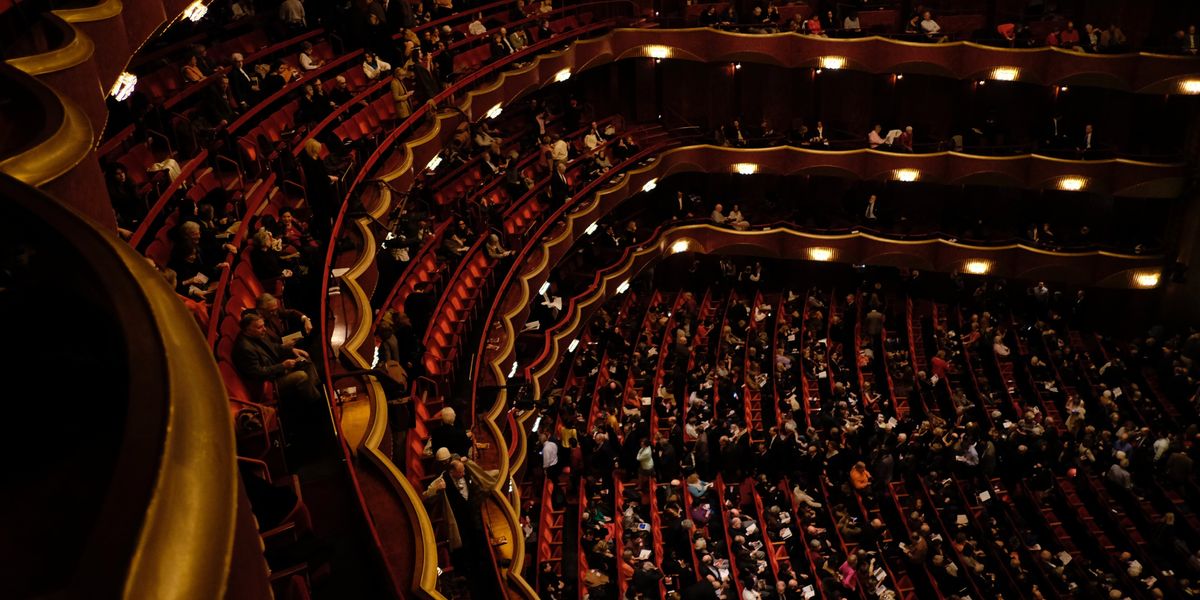Five Major Dance Critics Stepped Down Last Season. What Does That Mean for the Future of the Field?
When I started writing about dance professionally a decade ago, the experience was akin to taking baby steps among giants. There was something profoundly humbling—not to mention terrifying—about reviewing a new Odette/Odile in the same pages as Clement Crisp, who saw his first performance in 1942 and famously quipped: “I want to hear from someone who has been to 500 Swan Lakes before they lift the pen.”
In early 2018, however, Crisp filed his last article for the Financial Times, and many of dance criticism’s most respected voices have since followed him. Last May, The Guardian reported that Judith Mackrell would step down from her post after a 23-year run, and Alastair Macaulay announced he was giving up his position as The New York Times‘ chief dance critic, effective this past January. Luke Jennings left The Observer in the UK in December, and this winter, the New Yorker quietly replaced Joan Acocella with the historian Jennifer Homans.
It’s by no means the last we’ll hear from many of them. Jennings is the author of Codename Villanelle, the thriller on which the hit TV series “Killing Eve” is based, and its sequel, Killing Eve: No Tomorrow. Mackrell is working on a group biography of female war correspondents, and Macaulay is finishing a book about Merce Cunningham while continuing to contribute to the Times, albeit far less frequently.
The dance world shouldn’t underestimate the impact of this sea change, however. In one fell swoop, criticism has lost decades of experience and memories, and these writers won’t be easily replaced. All of them honed their craft before changing habits and diminishing budgets led publications to drastically cut down on arts coverage. (Even Dance Magazine no longer runs reviews.) Together they made up a rich fabric of perspectives: There was always something to learn from Mackrell’s clear-eyed elegance, Jennings’ tough-love straightforwardness or Macaulay’s unraveling of historical and choreographic structures.
Some newspapers have been in no hurry to announce successors. Mackrell’s position was immediately taken over by Lyndsey Winship, but The New York Times waited seven months after Macaulay officially stepped down to appoint its new dance critic, Gia Kourlas. The Observer, meanwhile, has yet to determine who, if anyone, will follow Jennings. The balance is shifting further towards freelancers who juggle writing with other occupations—what the emerging dance writers taking part in this year’s Springback Academy, a European mentorship program, called their “adult jobs.”
While the era of full-time critics might be over, we have yet to understand how this will affect dance’s ecosystem. As the material conditions of the job become tougher, individual knowledge and independence will be harder to build up and retain. Increased diversity is hardly a guarantee either: It’s easier than ever to share a review online but much harder to get paid for it. Few young writers have the means to see hundreds of performances, much less hundreds of Swan Lakes.
Some are already making plans. The newly created International Dance Writing Foundation plans to provide scholarships, to be funded by the proceeds from a forthcoming anthology of Crisp’s reviews. It’s a start, but where support will come from for the next generation remains a pressing question.




